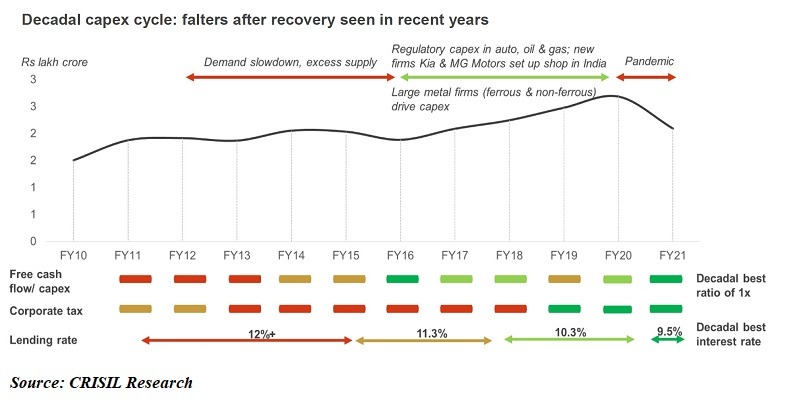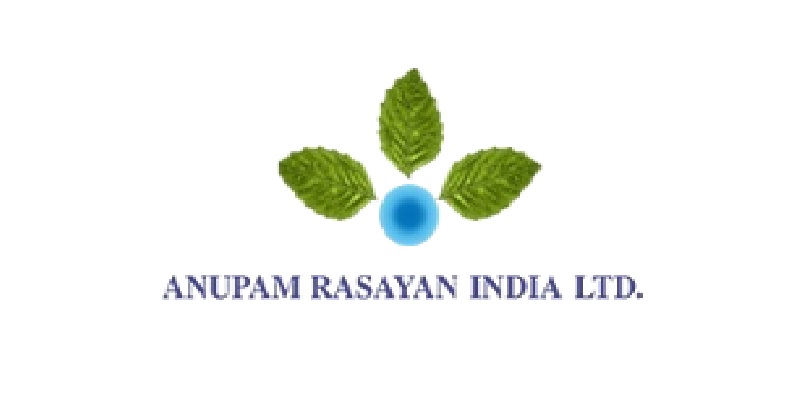Schedule a Call Back
Industrial investments in India to rise 30% in FY22-24: CRISIL
 Industry News
Industry News- Oct 21,21

- Conducive government support through policy measures such as the Production-Linked Incentive (PLI) scheme and reduced tax rates
- Accommodative monetary policies and lower interest rates
- Commodities upcycle, which has benefitted metal and cement players by repairing their balance sheets
- Rising merchandise exports
- Supply chain diversification
- Healthy balance sheets
- Global liquidity
Related Stories

Knauf India doubles capacity with new metal line at Khushkhera plant
The increased production capacity is expected to improve the company’s ability to meet rising domestic demand and support a wider portfolio of drywall and ceiling solutions.
Read more
EFTA Commits $100 Billion Investment in India: Goyal
Goyal says EFTA to invest $100 billion in India’s innovation and manufacturing.
Read more
India’s GDP Rises 8.2% in Q2 FY26 as Manufacturing Recovers
Economists lift forecasts as manufacturing and services drive strong GDP growth.
Read moreRelated Products

Automotive Oil Pump
Kalpak Auto Pvt Ltd offers a wide range of
automotive oil pump.
Tata Motors unveils facilities for development of Hydrogen propulsion tech
Tata Motors, India?s largest automobile company, unveiled two state-of-the-art & new-age R&D facilities for meeting its mission of offering sustainable mobility solutions. The unveilings constitute of Read more
Tata Motors plans petrol powertrain for Harrier and Safari SUVs
Tata Motors is in the process of developing a new petrol powertrain for its premium sports utility vehicles, the Harrier and Safari, as confirmed by a senior company official. Currently, these models Read more















